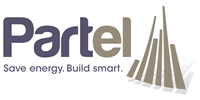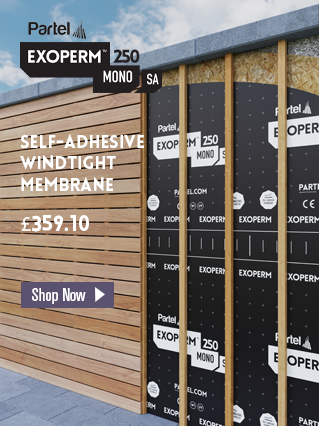Passive Airtightness & MVHR V Building regulations
We decided it would be interesting to see a cost comparison of a typical house designed to meet current building regulations and a house designed to achieve passive house levels of Airtightness including MVHR. The results were surprising and had the potential to save $20,000 over the life of the mortgage
- $643/year = Cost of air leakage at 7/m3/m2/h - N 50 of 5.74
- $96/year = Cost of air leakage at 0.6ac/h -Certified Passive house, Passive House has losses due to MVHR efficiency – losses based on 85% efficiency.
- $547 = Annual difference in cost of air leakage between passive house levels and achieving building regulations
Payback timeframe for MVHR and Airtightness
In order to consider the payback periods we will look at the supply and fit cost of Partel Airtight materials and a supply and fit price for MVHR- $3000.00 Supply and fit of Airtight materials
- $5000.00 Supply and fit of ventilation system
Total cost of $8000 for Airtightness measures and mechanical ventilation
Calculation of savings on a simple basis using annuity factor method over 30 years works out as: - 0.03/(1-(1+.03)-30 *$8000 => 4080 => Additional loan repayment cost per annum = $408 Additional annual saving from efficiency of Low energy MVHR system above centralised MVHR estimated at $100 pa (Each fan costs approximately €5.00 per annum) A building built to building regulations natural ventilation will have €548 more costs than a passive house just due to leakage. It will cost you €408 per year on loan repayment - so you still have a savings of €140.- $140.00 Annual saving from the above example.
- $100.00 Additional saving by using Low energy MVHR ventilation system
- $240.00 Total potential savings per annum from installing the above systems.
- Condensation is avoided in the structure
- The formation of mould and structural damage is avoided
- Pollutants are avoided in the air within the rooms
- The noise-reduction mass in structural components is guaranteed
- The insulating effect of structural components is guaranteed
- The ability of ventilation systems to work properly is guaranteed









